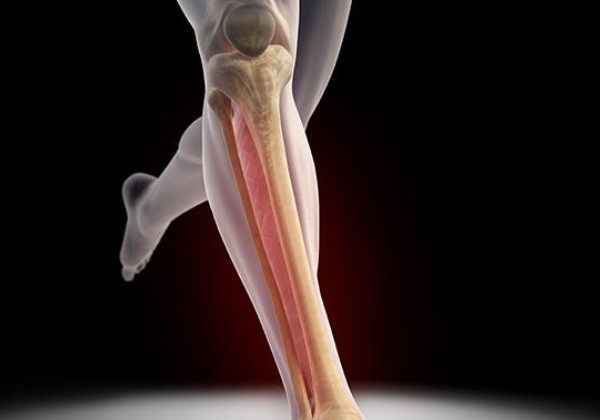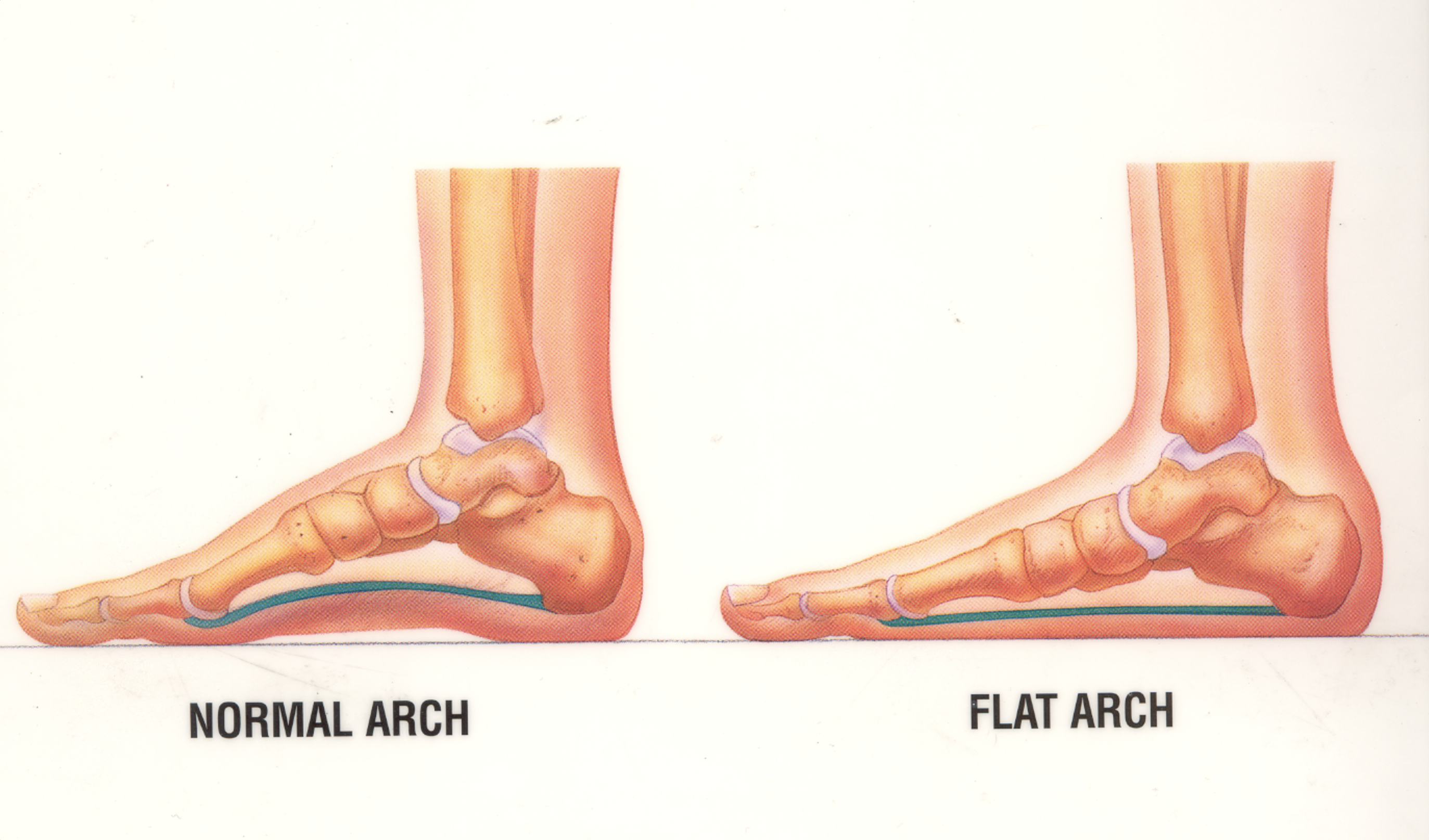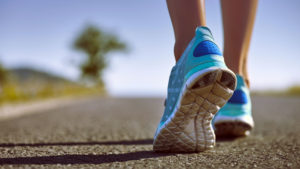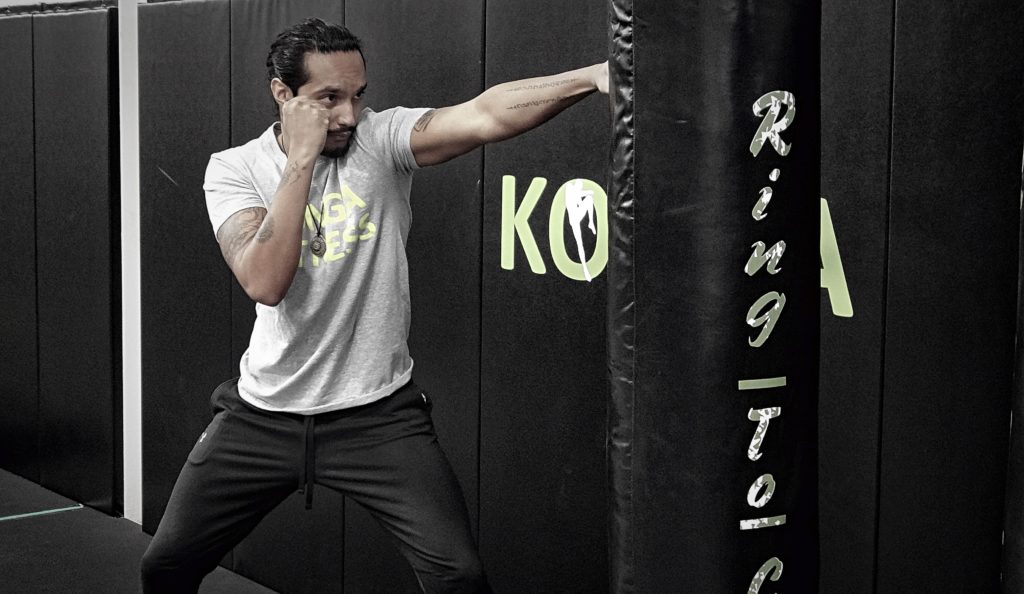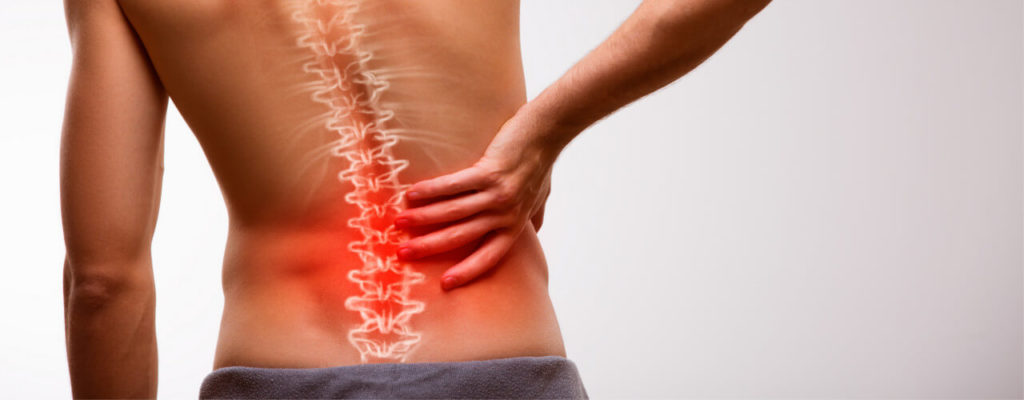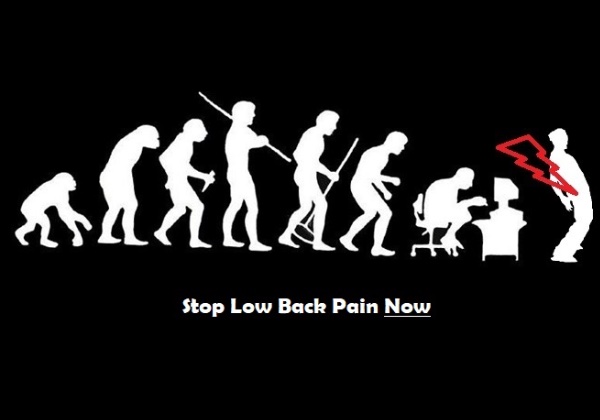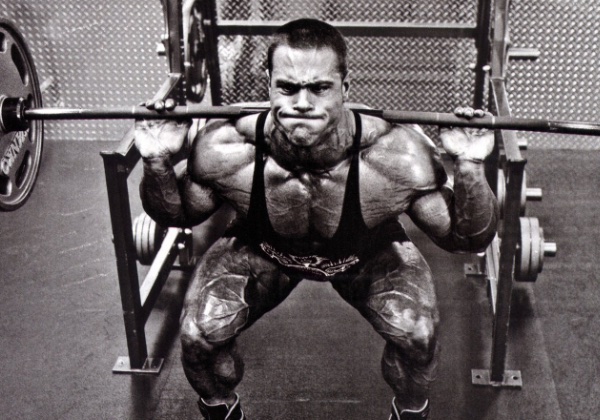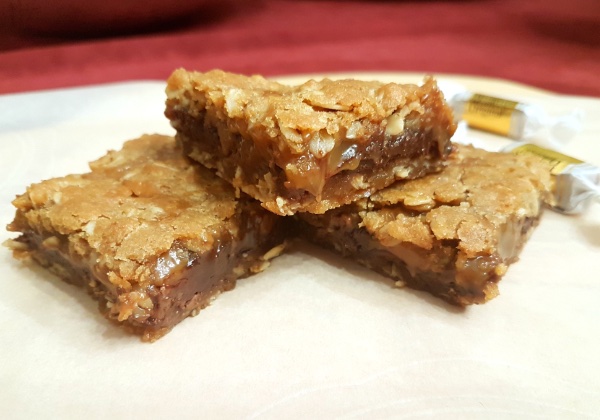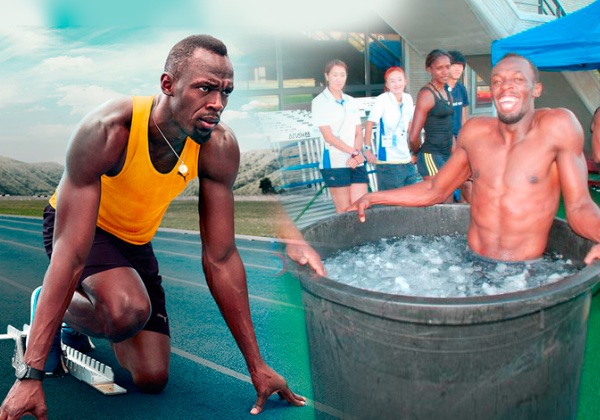Let’s face it, many of us suffer from shin splints and have no idea what to do with it. Running is perfectly fine until a dull shin pain slowly creeps in on us and boom, it’s here to stay until further notice. Whether you consult a fitness trainer or search online for treatment options you will often be told to rest when symptoms are bad, and you should. My problem with rest is it doesn’t address the cause of injury. Rather, this debilitating injury is presumably recurrent because rest only treats the symptoms, not the culprit that led to them in the first place.
Defining Shin Splints
The name “shin splints” actually refers to an umbrella term called medial tibial stress syndrome (MTSS for short). Pain often develops due to a combination of poor training habits and biomechanical abnormalities, both of which can be addressed when you are assessed by a professional. MTSS is broken down into three different causes, each having their own mechanisms of injury, regions of pain, aggravating activities, and treatment options. They include tenoperiostitis (TPO) of the tibia (shin bone), compartment syndrome, and tibial stress fractures, and can often come on as a combination of these. The reality is that most of the evidence for preventative strategies, accurate assessment techniques and effective treatments is based on clinical expertise. However, as I’ve seen with the Mississauga clients we train, such methods provide the best outlook when used in combination with each other. My deal to you is this: what you learn from this article is the best information available that may help you get over the dreadful hump of shin splints caused by TPO and prevent it from happening again. Later articles will discuss other causes of shin splints.
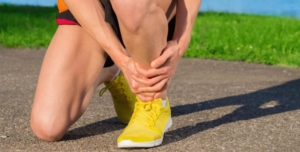
Tenoperiostitis: The Most Common Cause of Shin Splints
The most common cause of shin splints is Tenoperiostitis (TPO). It is regarded as an overuse injury which simply means repeated use of the muscle over time led to accumulated damage. Muscles that attach directly to the tibia are the usual suspects for TPO, and they include the tibialis anterior, tibialis posterior, and soleus muscles. During repetitive activities like running or activities with a lot of quick changes in pace/direction like basketball, they contract repeatedly to keep you moving. If they must do this under excessive tightness and/or poor biomechanics, the muscles will apply an abnormally large amount of traction (pull) onto the periosteum of the bone where they attach. The periosteum is a membranous connective tissue layer that covers the surface of the bone, and the focal area of pathology in TPO. Repeated strain to this connective tissue leads to microtears and inflammation which can cause the typical symptoms of focal pain and swelling experienced by those who suffer from shin splints.
Soreness from TPO is felt the most at the beginning of exercise. It is localized more distally (closer to the foot), and toward the medial (inner) border of the tibia. This region is often tender to palpation when it is flared up because of the inflammatory response. Symptoms subside a bit as the muscles warm up during your workout, but this is only temporary. Afterwards, soreness will gradually return, and may become worse as the exercise could have led to more damage. This is why trainers and clinicians recommend resting the injury which will help reduce the symptoms over time. Once symptoms are more controlled it is time to consider addressing some of culprits of TPO including flat feet and worn-out footwear.
The Nuisance Known as Flat Feet
It should not come as a surprise that a common injury like TPO has quite a few causes. Many of them, such as over-pronated feet, also known as flat feet are amendable to treatment. I always thought I drew the short straw when it came to my flat feet, but it turns out that many people have some form of it. The bones of the feet (tarsals and metatarsals) have a naturally forming arch length-wise that is maintained by the tension of intricate ligaments (e.g. plantar fascia) and tendons (e.g. tibialis posterior). The elastic properties of the tendons and ligaments under tension work best in an arch to maintain stability in the foot. They also function to increase the time ground reaction forces spend dispersing in the leg every time the foot makes contact with the floor. Dispersion of ground reactions forces decreases the likelihood of wear and tear to the muscles of the feet and legs. A flat foot on the other hand creates a biomechanical disadvantage in terms of stability and muscle wear and tear. This position of the foot puts excess strain on tendons like tibialis posterior’s, rendering it less effective at distributing ground reaction forces which can lead to increased wear and tear.
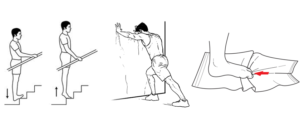
A big mistake is believing there is nothing you can do about flat feet. It is easy to understand why people may have that belief when you consider it was something most of them were born with. However, I believe that any part of the neuro-musculoskeletal system can be strengthened and at the very least adapted to prevent injury. In the case of flat feet, there are three bodyweight exercises you can try at your own home to strengthen the muscles that support the foot’s arch. The first workout is called foot scrunches. The starting position involves sitting on a chair with a towel flat on the floor directly in front of you. You begin by scrunching your foot up, bringing the balls of your feet as close as possible to your heel in order to drag the towel towards you. This will strengthen the intricate muscles of the feet, helping them keep the foot in a more arched position. The second workout you should do is heel raises at the edge of a step or stool. Although this workout is known to strengthen the calves (gastrocnemius and soleus muscles), it also strengthens the tibialis posterior muscle. Lastly, you can do calf stretches in any position you like. Try one position with your knee fully extended to focus on the gastrocnemius, and one position with the knee in at least 30 degrees of flexion to focus on the soleus muscle. The calves attach to the back of the heels, and improving their flexibility can also help prevent the arch of the foot from collapsing.
How About Them Kicks?
We know you spent a good penny on them. I’ve seen hundreds of different used shoes and the one thing I always notice is an uneven wearing pattern on them. Shoes wear out in places your feet apply the most pressure, and where this happens depends on the biomechanics of your movement. Regardless, what’s important is that the more worn out the shoes get, the more potential there is for strain on the muscles involved in shin splits. Running in particular is a sport that can wear down shoes considerably over time due to the large number of steps you take in them. A study recommends that you should change your shoes every 250 miles which is a distance that can cause shoes to lose upwards of 40% of their shock-absorbing properties and overall support. That’s like running from Toronto to Mississauga and back 7 times. But if you run a mile a day, you should be purchasing at least one pair of running shoes each year! A good practice is to monitor your shoes for any changes in integrity every couple of months. If you notice a unique wearing pattern, this can be useful information for your fitness trainer or physiotherapist as it provides clues about what position your feet tend to be in while you run. Purchase shoes with good shock absorption and consider adding insoles for extra cushion if you know you’ll be running long distances in them or if the running surface is hard.
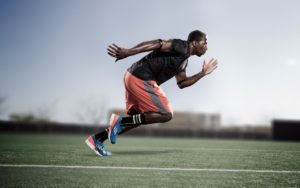
Take Away Message About Shin Splints
Train smart. Shin splints tend to come on when you do too much too soon. If you are training for the first time in a while, consider gradually increasing the intensity and duration of your workouts slowly in the beginning. Warm up for at least 15 minutes with simple bodyweight exercises before a workout because your tendons work best when they are warm. You know the warmup was effective when you work up a little sweat from it. A good stretching regiment for the muscles in the feet and legs will decrease muscle tightness, making strains less likely to occur. Having flat feet sucks, but you can do your part by strengthening the muscles that support the feet in order to help prevent injuries like TPO. Make it a habit to inspect the type of footwear you have on a regular basis. Running shoes are only meant to last for under a year if you are a regular runner. Find a personal trainer or physiotherapist near you to learn more about how to deal with shin splints.

